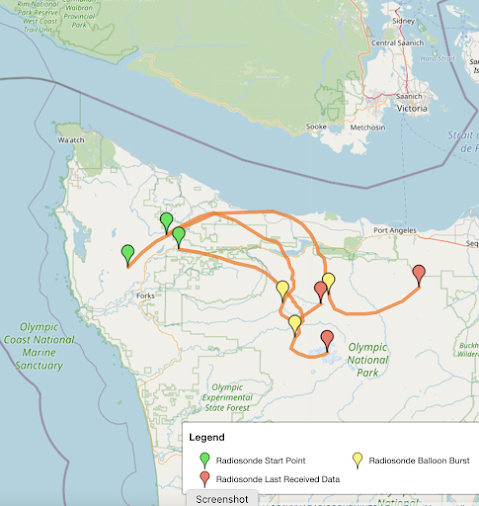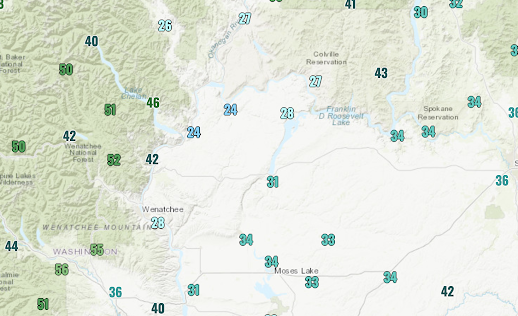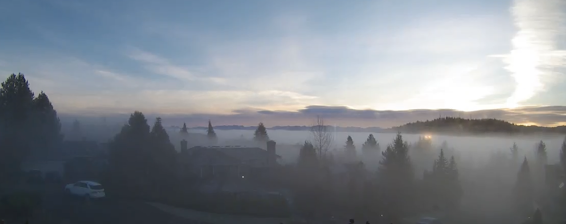One of the backbones of the meteorological observing network is the radiosonde, a balloon-launched weather station that rises to around 110,000 feet before the balloon bursts and the instrument package plummets back to Earth, slowed by a small parachute.
Such radiosondes are launched twice a day at approximately 1000 locations around the world.
Most U.S. National Weather Service sites use a radiosonde made by the Finnish company Vaisalla, and specifically, the RS 41 unit shown below. The projection at the top has the temperature and humidity sensors, a digital barometer is inside, and winds are derived by tracking the movement of the unit.
One of the great pleasures of doing this blog is the emails I receive from many of you, with all kinds of observations and questions.
Well, today I got an email from Ian Cruickshank; while he was hiking in the forest in the Sooke Hills near Victoria, BC, guess what he found? An American radiosonde unit (see the proof below).
He asked me where it was launched and I knew there was really only one possibility: the National Weather Service launch site at the Quillayute Airport on the Olympic Peninsula. Here is a map showing the radiosonde launch location and where the unit ended up. About 55 miles away.
I am often asked what one should do with one of these units if you find one. In the old days, the NWS wanted you to return them....no longer. Just trash it...or better yet, keep it as a rare souvenir.
There are hobbyists that maintain websites that track radiosondes, acquire their weather data, and attempt to find them after landing. One such site showed the recent landing locations of the radiosondes launched from Quillayute the past few days (below). Most of them landed in Olympic National Park.
And consider the routes taken by the Salem, Oregon radiosonde (see below)--mainly landing in the central Oregon Cascades. That looks like a good place to go radiosonde searching.
If there is a really strong jet stream, radiosondes can travel up to two hundred miles downwind during their typical two-hour flight.
Perhaps the most amusing radiosonde recovery story occurred a few years ago in my Atmospheric Sciences 101 class. I had just given a lecture about radiosondes and the next day a student walked in with one. Smiling. I was dumbfounded. While he was playing basketball at a frat house in the University District, a radiosonde had floated in.
I gave him extra credit, of course.















































